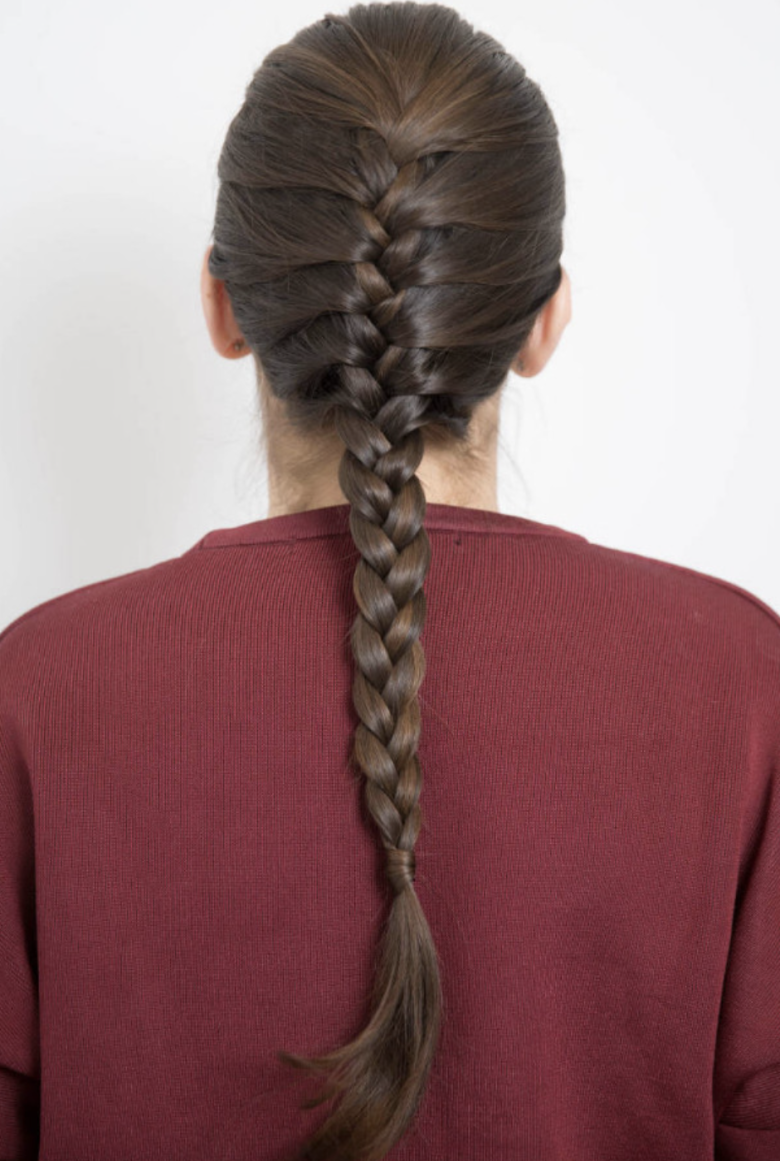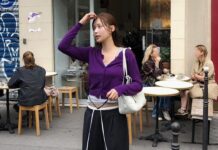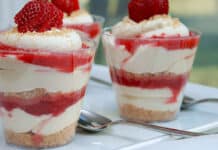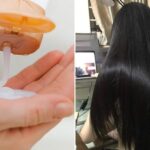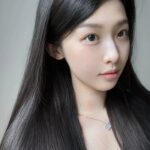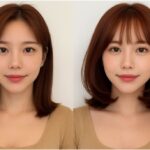If you’re experiencing excessive hair fall, weak roots, split ends, or dry and damaged hair, it’s time to re-evaluate your hair care routine and the styles you subject your hair to. Here are five seemingly harmless hairstyles that could be doing more harm than good:
1. Tight High Buns – Elegant but a Recipe for Receding Hairlines
A sleek high bun exudes sophistication and is a go-to hairstyle for many, especially in professional settings or formal events. However, this style puts a lot of tension on the hair, especially the frontal hairline and temples.
Pulling your hair back tightly and securing it with an elastic can create prolonged tension on the scalp, leading to traction alopecia—a type of hair loss caused by pulling hair back too tightly. Over time, this can result in temporary or even permanent hair loss along the hairline.
If you still want to rock a bun, opt for a lower bun and be gentle when pulling your hair back. Loosen the bun after a few hours to give your scalp a break.
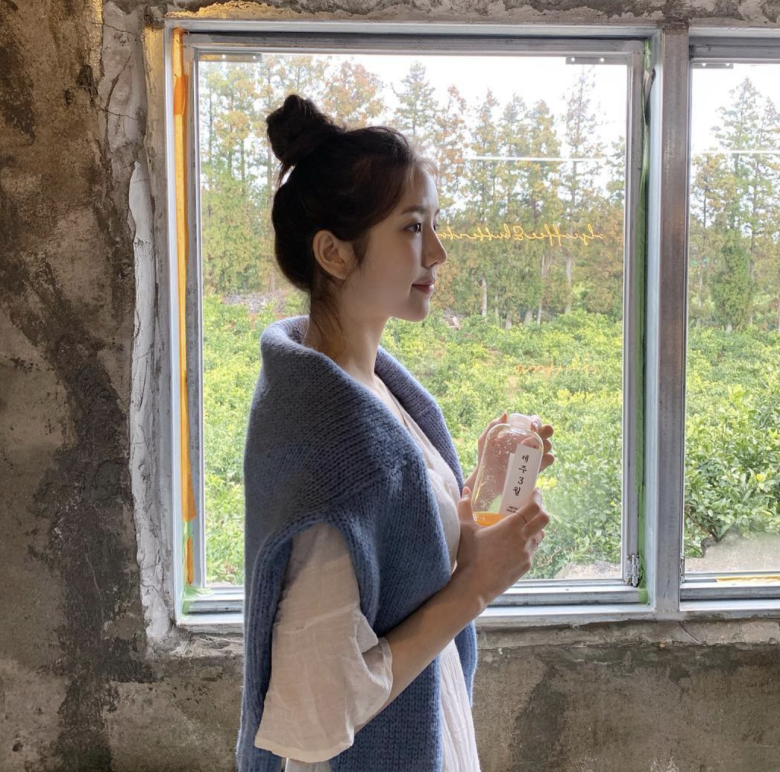
2. Heat-Styled Hair – The Number One Enemy of Weak Hair
Curling, straightening, flat ironing, and blow-drying are common practices for those who love to style their hair. However, frequent heat exposure, especially at high temperatures, strips the hair of its natural moisture, leading to dryness, breakage, split ends, and hair fall.
Even with heat protectant serums and sprays, your hair is still at risk if you style it with heat too often. The ends of your hair are particularly vulnerable and may require frequent trimming as a result.
Limit heat styling to no more than twice a week. Opt for air-drying, heatless curls with rollers or loose braids, and embrace your natural texture whenever possible.
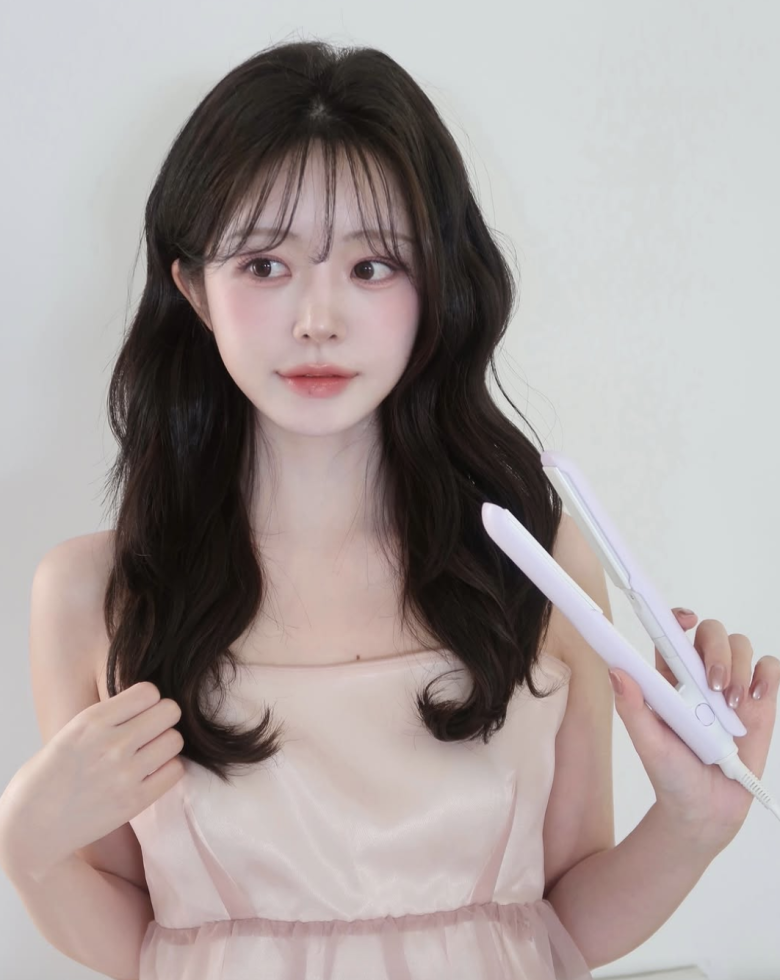
3. Hair Extensions – Instant Length and Volume, but at a Cost
Hair extensions are a popular choice for those seeking instant length and volume, especially for those with thin hair. However, they can take a toll on your natural hair.
The weight of the extensions puts strain on the roots, weakening them over time and leading to breakage. Additionally, if not cared for properly, extensions can trap dirt and oil, leading to scalp issues such as dandruff and fungal infections.
Consider extensions only when necessary, and don’t keep them in for extended periods. Take extra care to maintain scalp hygiene and nourish your roots.
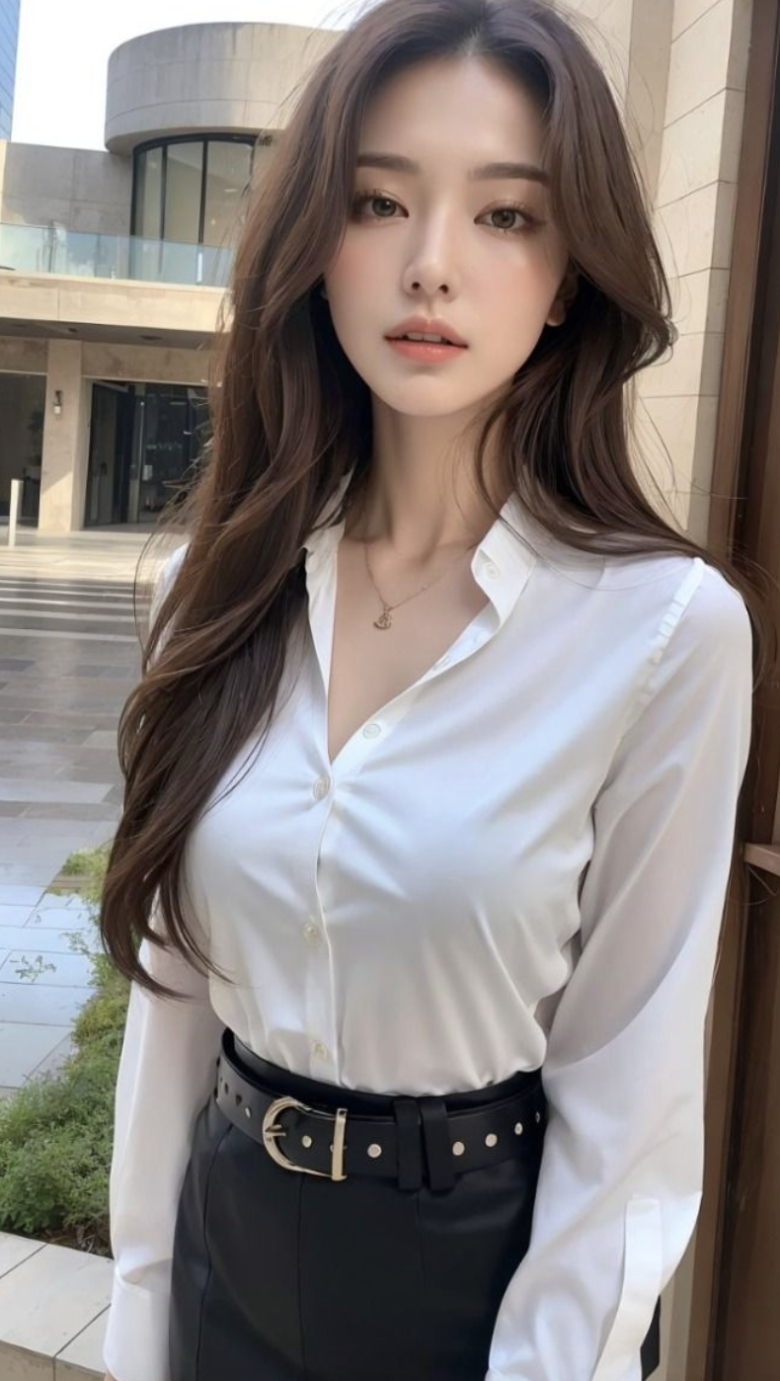
4. High Ponytails – Chic but Hard on the Scalp
High ponytails are a favorite for their sleek, face-lifting effect and sporty, playful vibe. However, similar to tight buns, they put constant tension on the scalp, leading to headaches, hair fall, and even hair follicle disorders if worn frequently and tightly.
Tight ponytails often involve pulling the hair back with elastic bands, which can cause breakage, especially along the hairline and at the temples.
Opt for low ponytails, loosen the elastic, or use a scrunchie to reduce friction. Avoid keeping your hair pulled back tightly all day, and give your hair a break by letting it down whenever possible.
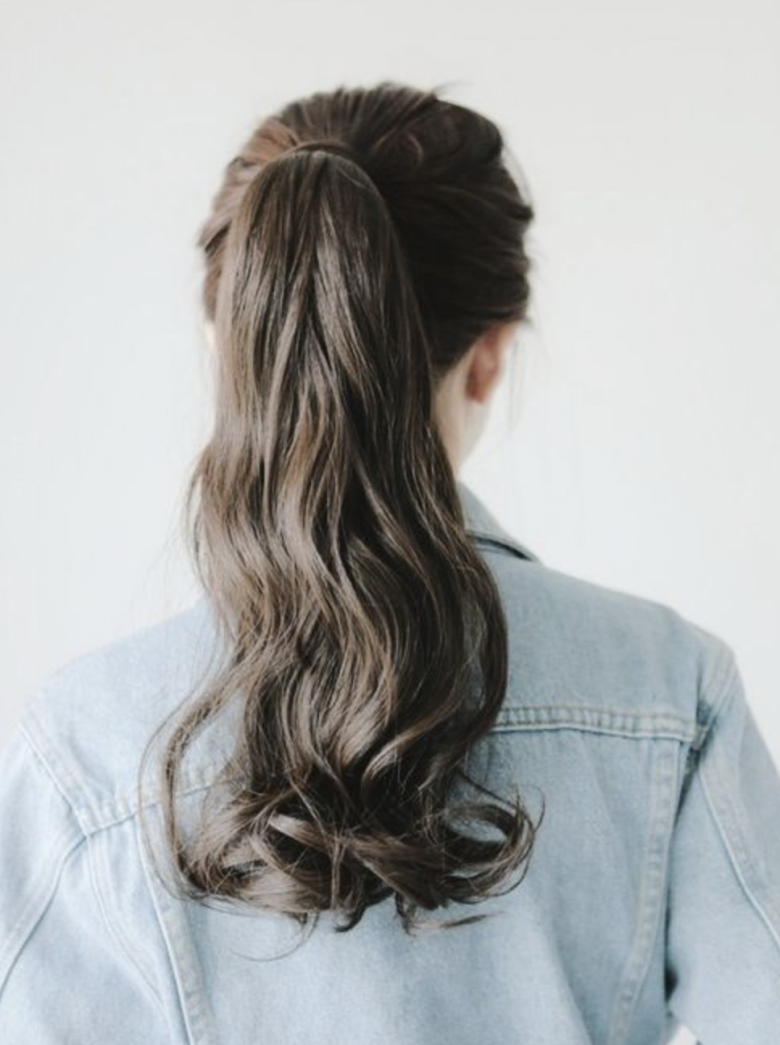
5. Tight Braids – Pretty but Constricting for the Scalp
French braids, fishtail braids, and Korean braids are all stylish and versatile. However, when done too tightly or worn for extended periods, they can put constant tension on the scalp, leading to discomfort and weak hair follicles.
Contrary to popular belief, braids do not always equate to healthier hair. Daily tight braiding can cause traction alopecia, especially if you braid your hair when it’s wet and fragile.
If you love braids, opt for looser styles, avoid braiding wet hair, and give your hair a break from braids every few days. Let your hair breathe!
